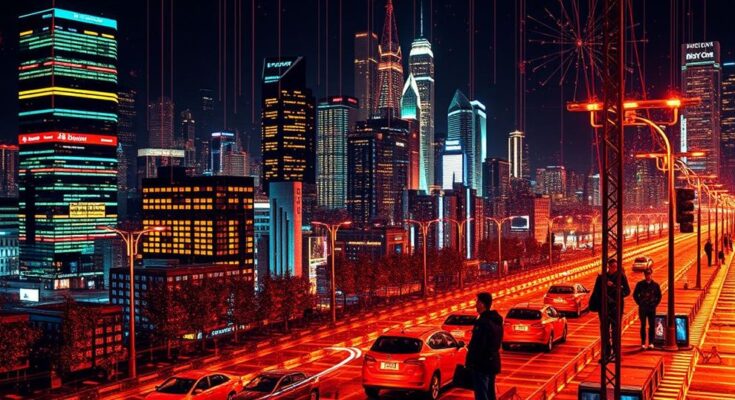David Souter discusses digital inequality, highlighting its roots in socio-economic disparities and the complexities involved in addressing it. Inspired by Ellen Helsper, he underscores that technology often reinforces existing divides instead of bridging them. Effective policies must consider the lived experiences of marginalized groups to create meaningful change.
In today’s digital world, many children face barriers in accessing and benefiting from technology, a situation addressed by David Souter in reference to Ellen Helsper’s work. Once hailed as tools for empowerment, digital technologies now reveal a duality—opening doors for some while simultaneously cementing divides for others. Economic and social advantages often dictate who harnesses tech’s benefits, exacerbating existing inequalities instead of alleviating them. Helsper’s research emphasizes that digital inequality is not merely a matter of tech access but is deeply tethered to socio-economic disparities. Individuals from disadvantaged backgrounds often find themselves stuck in a cycle where technology amplifies existing gaps rather than bridging them. The concept of “socio-digital inequality” encapsulates this intricate relationship as digital tools favor those already better off, ultimately reinforcing socio-economic disadvantages. The nuances of inequality extend beyond simplistic categories, as they are structural and systemic. Early policies mistakenly viewed the digital divide as a straightforward issue to solve, but today’s discourse recognizes the multilayered nature of barriers. Groups like women, the elderly, and those with disabilities experience unique challenges, often overlooked in broad policy discussions. Complexities also arise in how inequalities manifest in different contexts. Initially, access to technology was the primary focus, but attention has now shifted to quality of access and the meaningful opportunities created. Helsper highlights that success via digital engagement heavily depends on an individual’s offline resources and support networks. Policies aimed at addressing digital inequalities often miss their mark. A supply-side focus—assuming better infrastructure will benefit all equally—does not account for real-world situations. Understanding the lived experiences of marginalized groups is crucial for the development and effectiveness of interventions. Lastly, the interplay between policy and scholarship is vital. Quick political fixes may overlook the long-term implications for society. A more measured, evidence-based approach is necessary to create meaningful change, ensuring that digital advancements benefit all, rather than exacerbate existing divides. Such intricacies demand continued research and adaptation in policymaking to achieve the ideal of digital connectivity rather than disconnect.
The article explores the persistent issue of digital inequality, examining how disparities in access to technology reflect and reinforce existing socio-economic inequalities. Despite initial beliefs that technology could empower disadvantaged communities, the reality suggests a more complex landscape where tech advancements often widen the gap between the privileged and the underprivileged. Insights from Ellen Helsper’s research shed light on how these inequalities manifest in various forms and how policymaking can become misguided without a nuanced understanding of the root causes of digital and social disparity.
In summary, addressing digital inequality requires a profound comprehension of the complex interplay between technology and existing social structures. Policymakers must move beyond simplistic solutions and engage deeply with the experiences of those affected by digital divides. By doing so, they can create more effective strategies that foster genuine inclusivity and enable equitable access to technology, enhancing opportunities for all.
Original Source: blogs.lse.ac.uk



